As the world faces intensifying climate change, the hunt for innovative, natural solutions has never been more urgent.
While most efforts focus on reducing emissions, an unexpected ally is quietly working beneath our feet: certain trees with a remarkable ability to not just absorb carbon dioxide, but actually transform it into stone.
This process, largely overlooked, could unlock a powerful tool in our fight against global warming.
Could these “rock-pooping” trees be the climate heroes we’ve been searching for?
Let’s explore how nature might hold the key to a cooler, more stable planet.
1. Fig Trees in Africa Turn CO2 Into Solid Limestone
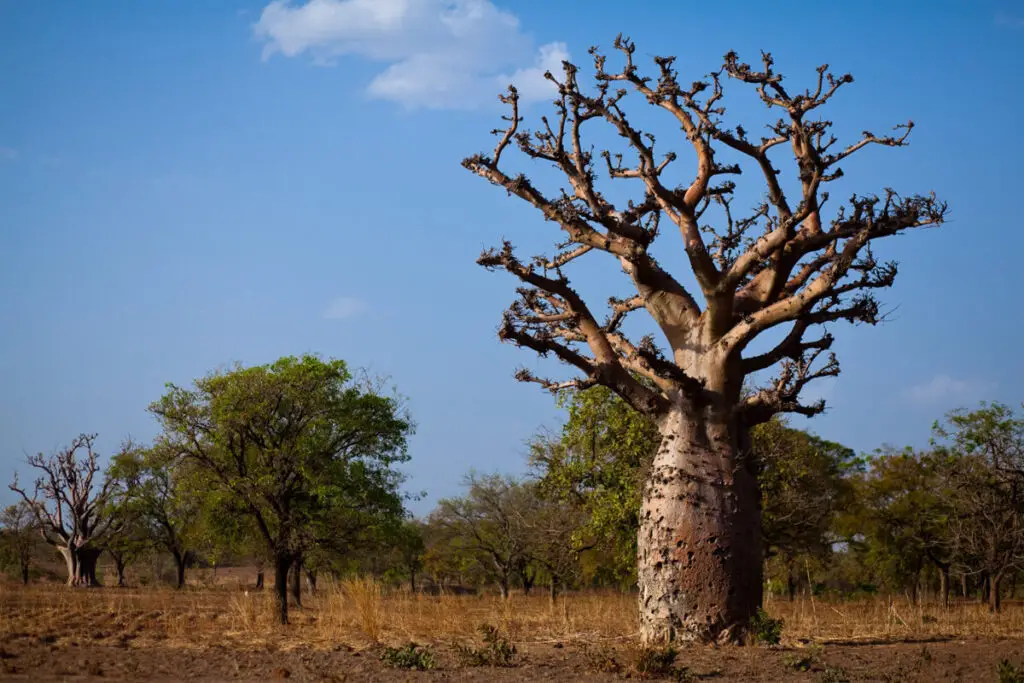
Deep in Africa, scientists have discovered an astonishing process: fig trees that literally turn atmospheric CO2 into solid limestone.
These trees release natural acids from their roots, which chemically react with the rocks below, locking away carbon as calcium carbonate—better known as limestone.
This means fig trees don’t just store carbon in their wood, but actually sequester it permanently in the earth.
Research about this phenomenon is ongoing, but it offers an exciting new angle for carbon capture efforts (BBC).
2. Three Unique Species: Ficus wakefieldii, Ficus natalensis, and Ficus glumosa
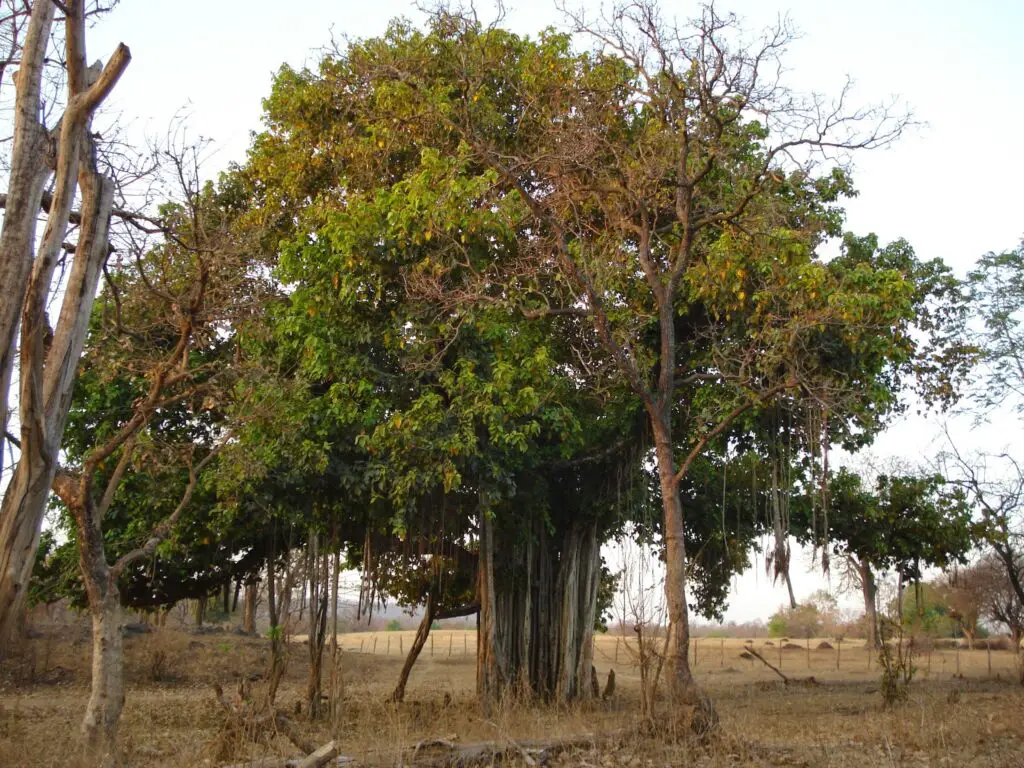
Among the fig trees performing this remarkable feat, three species stand out: Ficus wakefieldii, Ficus natalensis, and Ficus glumosa.
Each thrives in tough, rocky environments where other trees struggle to survive.
Their roots excrete acids that break down minerals, capturing atmospheric carbon in the process.
This unique adaptation not only helps the trees anchor themselves but also enables them to fix carbon efficiently, making these species vital players in nature’s carbon sequestration toolkit
(Science.org).
3. Microbes Transform Calcium Oxalate into Limestone

The process doesn’t stop with the trees themselves. Fig trees produce calcium oxalate crystals in their roots and leaves, a byproduct of absorbing carbon dioxide.
When these crystals fall to the ground, specialized soil microbes take over.
They break down the calcium oxalate and convert it into calcium carbonate—the main component of limestone.
This transformation locks carbon away for thousands of years, providing a surprisingly effective and natural method of long-term carbon sequestration
(Nature).
4. Ficus wakefieldii Leads in Carbon Fixation
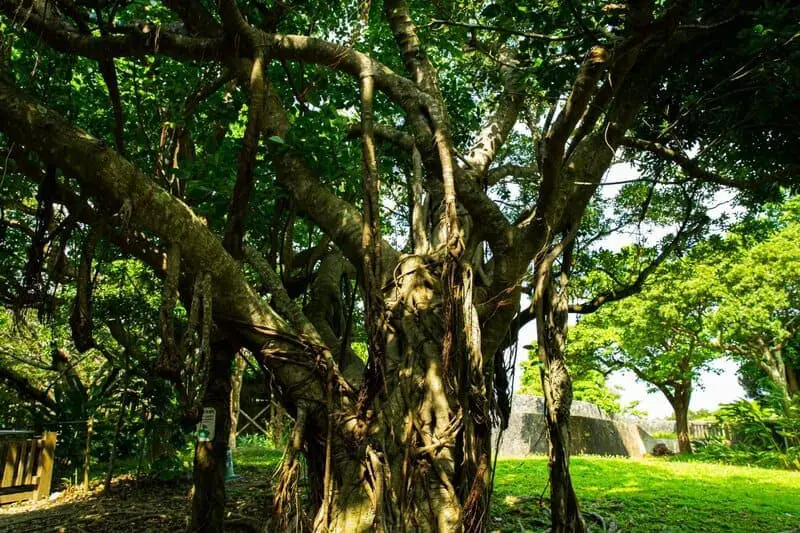
Among the three fig species, Ficus wakefieldii has emerged as the most efficient at fixing carbon.
Studies show its roots produce a greater quantity of calcium oxalate, resulting in more limestone formation underground.
This gives Ficus wakefieldii a unique edge in natural carbon sequestration, making it a promising candidate for climate mitigation efforts
(Science.org).
Harnessing its abilities could help scale up nature-based carbon capture solutions worldwide.
5. Creating the Same Mineral as Coral Reefs—On Land

The limestone produced by these fig trees is chemically identical to the calcium carbonate that builds coral reefs in our oceans.
While coral reefs naturally sequester carbon in marine environments, these trees are achieving a similar feat on land—often in places where vegetation is sparse.
This terrestrial formation of limestone is a rare and valuable phenomenon, offering a new way to lock away atmospheric carbon and support climate stability
(BBC).
6. Calcium Carbonate: Long-Term Soil Carbon Storage
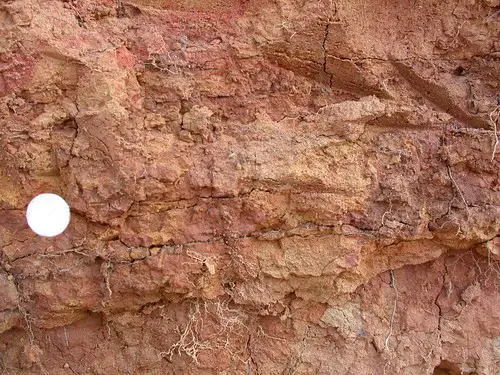
Unlike organic carbon, which can quickly return to the atmosphere through decay or fire, calcium carbonate is highly stable in soil.
Once formed, it can remain locked underground for thousands to millions of years, making it a superior method of long-term carbon storage.
This durability means fig trees and their microbial partners could have a much greater, lasting impact on atmospheric carbon levels
(Nature).
7. The Overlooked Oxalate-Carbonate Pathway
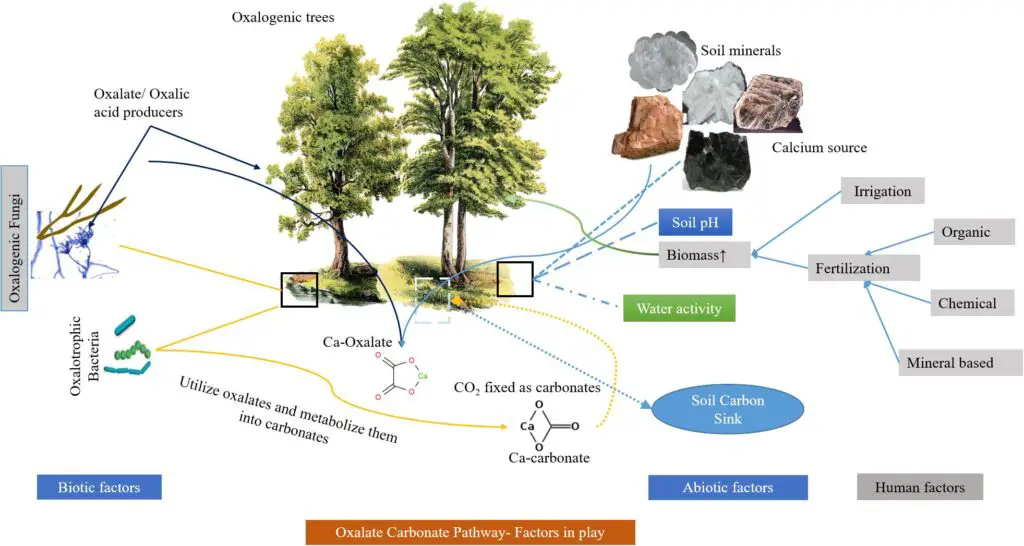
The oxalate-carbonate pathway is a natural process where plants produce oxalate compounds, which are then converted by microbes into carbonate minerals.
Although scientists have known about this pathway for decades, its potential as a climate solution has only recently gained attention.
By harnessing this overlooked mechanism, we could tap into a new, nature-based method for long-term carbon storage
(Frontiers in Plant Science).
This emerging research is opening exciting new possibilities for sustainable climate action.
8. Thriving in Kenya’s Depleted Basaltic Soils
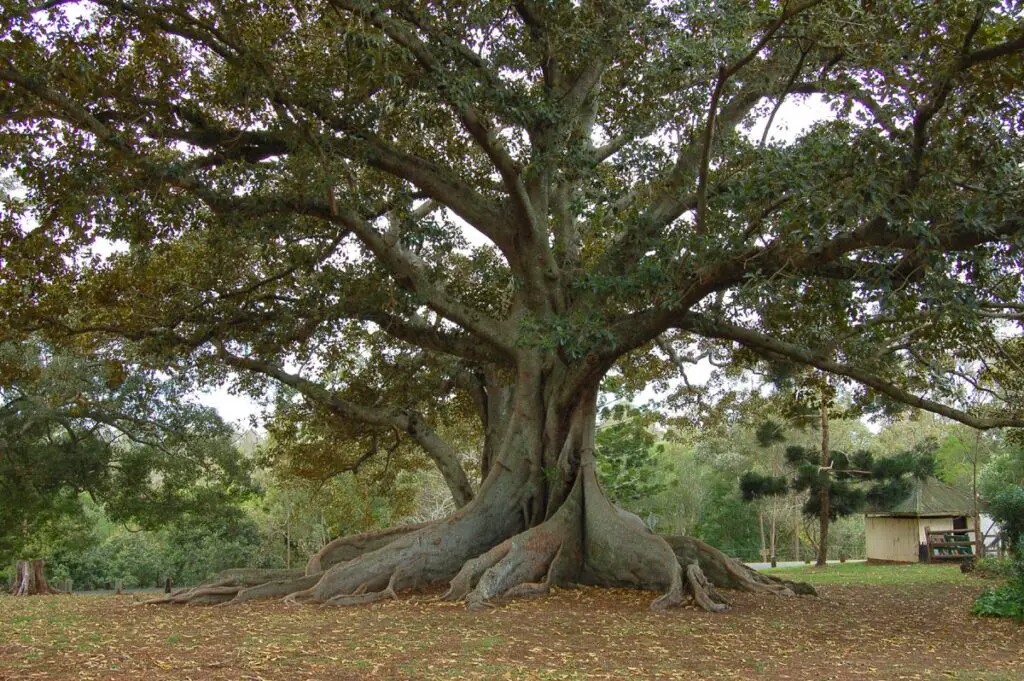
What makes these fig trees even more remarkable is their ability to flourish in the depleted basaltic soils of Samburu, Kenya.
These harsh, nutrient-poor landscapes are typically inhospitable to most vegetation, yet fig species like Ficus wakefieldii thrive and continue to fix carbon efficiently.
Their resilience makes them not only ideal subjects for scientific research, but also promising candidates for reforestation projects in challenging environments
(BBC).
9. Dry Environments Aid Limestone Tracking

The arid conditions of Samburu offer a unique advantage for researchers studying these fig trees.
In such dry soils, organic matter breaks down slowly, reducing background noise and making it much easier to detect and monitor the formation of limestone.
This clarity allows scientists to accurately measure just how much carbon the trees are locking away in mineral form
(Science.org).
The region is, therefore, a natural laboratory for advancing this promising climate solution.
10. Successful Carbon Sequestration in Wet Climates
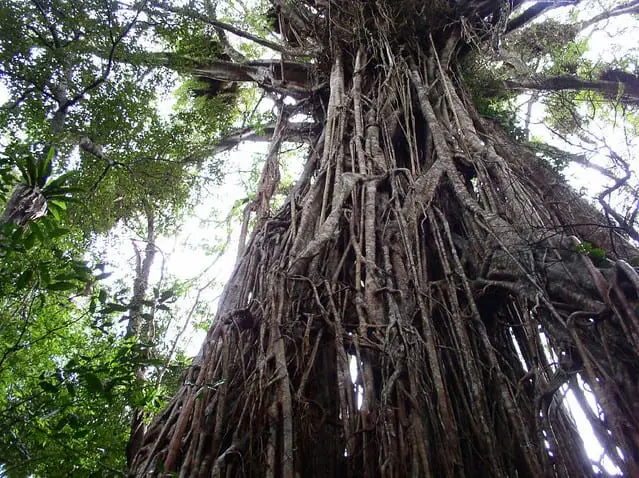
Remarkably, these fig trees are not limited to dry landscapes—their carbon sequestration abilities extend to wetter regions as well.
Studies have shown that Ficus species can still promote the formation of calcium carbonate in moist soils, demonstrating their adaptability and effectiveness across diverse climates.
This flexibility means their carbon-trapping potential could be harnessed in reforestation and land restoration efforts around the globe
(Nature).
11. Dual Benefits: Food Production and Climate Action

These remarkable fig species offer a powerful dual benefit: not only do they capture carbon and lock it away as stone, but they also produce edible fruit that supports local communities and wildlife.
Incorporating these trees into sustainable agriculture systems could help improve food security while simultaneously tackling climate change.
Their unique combination of ecosystem services makes them an ideal choice for reforestation and agroforestry projects
(Frontiers in Plant Science).
12. Limestone Formation Throughout Bark and Wood
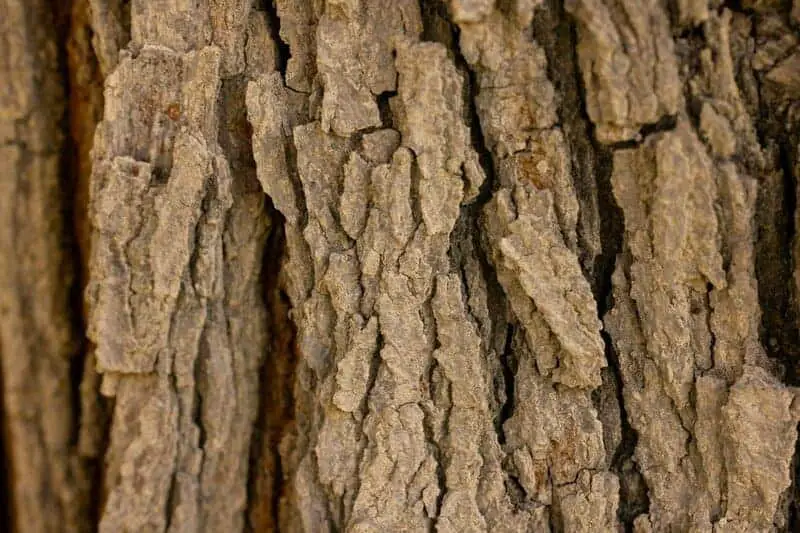
Recent research has revealed an exciting twist: limestone doesn’t just form in the roots of these fig trees, but also throughout their bark and wood.
This widespread mineralization means even more carbon is securely stored within the tree’s structure.
By maximizing carbon storage across their entire bodies, these figs further enhance their value as natural carbon sinks
(Science.org).
The more we learn, the more their climate potential grows.
13. Goldschmidt Geochemistry Conference Presentation

The groundbreaking discovery of fig trees turning CO2 into limestone gained significant recognition when it was presented at the prestigious Goldschmidt Geochemistry Conference.
This annual event draws top scientists from around the world and serves as a platform for sharing pivotal geochemical research.
The presentation of these findings at such a respected conference underscores their scientific credibility and has sparked global interest in the potential of nature-based carbon sequestration
(BBC).
14. Studying Carbon and Calcium Cycles with Bulk Techniques
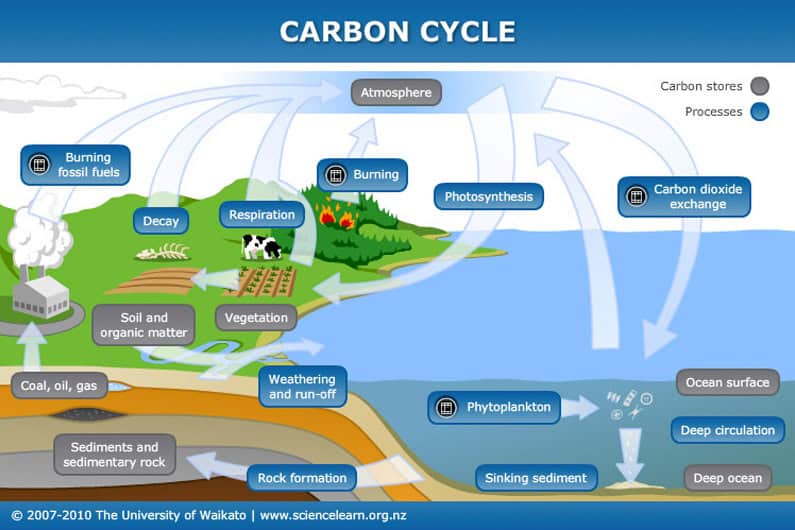
To unravel the fig trees’ carbon-sequestering magic, scientists employed advanced bulk analysis techniques.
By examining soil, root, wood, and leaf samples, they could trace the intricate flows of carbon and calcium throughout the ecosystem.
These methods revealed how carbon captured from the air travels through the plant, is transformed by microbes, and ultimately locked away as stable minerals.
Such detailed biogeochemical tracking is vital for understanding—and scaling up—nature-based solutions
(Nature).
15. Many Other Trees May Lock Up Carbon in Stone
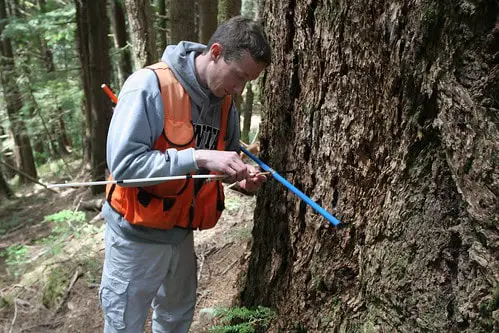
Intriguingly, scientists believe that many more tree species may have the hidden ability to transform atmospheric CO2 into limestone.
The fig trees studied so far are likely just the beginning—dozens of other species around the world could participate in this natural carbon sequestration process.
However, most remain undiscovered or have yet to be fully investigated, representing a vast, untapped resource for future climate solutions
(Science.org).
16. Agroforestry’s New Carbon Sequestration Tool
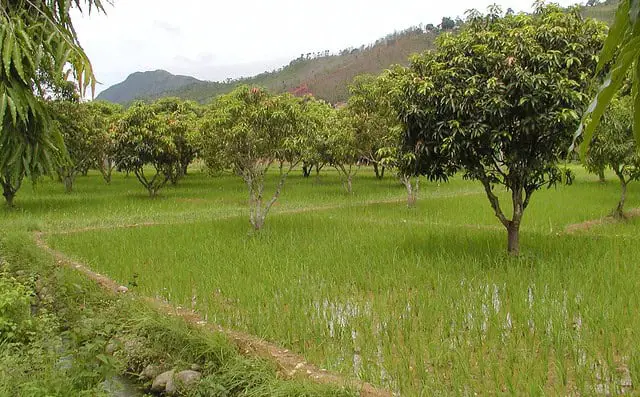
The discovery of limestone-forming trees could revolutionize agroforestry practices.
By integrating these unique species into farmland, land managers can boost both organic and inorganic carbon storage.
This dual sequestration approach enhances soil health, increases biodiversity, and provides long-term climate benefits.
As research expands, agroforestry systems may become powerful allies in the fight against climate change, combining food production with innovative carbon capture
(Frontiers in Plant Science).
17. Adding Food-Producing Trees to the Limestone List
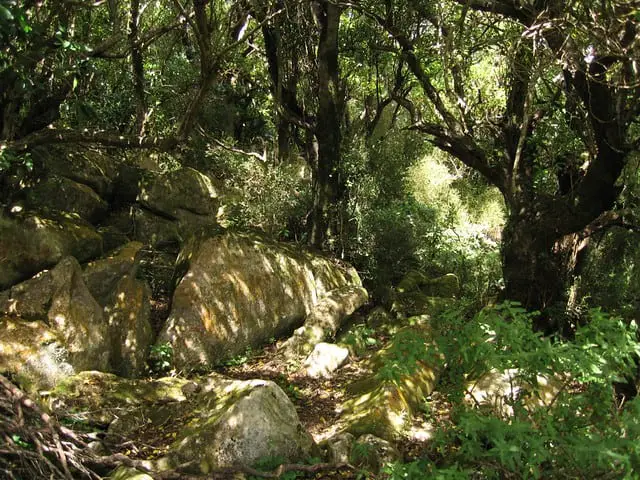
What sets these three fig species apart is their rare ability as food-producing trees to also create mineral limestone.
Few other edible plants are known to perform this remarkable feat, making figs uniquely valuable for sustainable agriculture and climate action.
Their dual role in providing nutrition and locking away carbon in stone makes them standout candidates for future research and reforestation efforts
(BBC).
18. A Major Untapped Opportunity for CO2 Mitigation

The oxalate-carbonate pathway presents a major untapped opportunity for large-scale CO2 mitigation.
By encouraging the growth of these and other limestone-forming species, we could significantly boost the planet’s natural ability to trap carbon in stable, mineral form.
This approach has received far less attention than conventional reforestation or technological carbon capture, yet it could be a game-changer in our quest to limit global warming
(Science.org).
19. Incentivizing Farmers to Plant Carbon-Storing Trees

This groundbreaking discovery gives farmers and landowners new incentives to cultivate fig trees.
Not only do these trees provide nutritious fruit and potential income, but their ability to sequester carbon in stone directly benefits the climate.
By planting more of these carbon-storing species, farmers can enhance their livelihoods while contributing to global climate solutions
(Frontiers in Plant Science).
It’s a rare win-win for people and the planet.
20. Limestone: Permanent Carbon Storage Solution
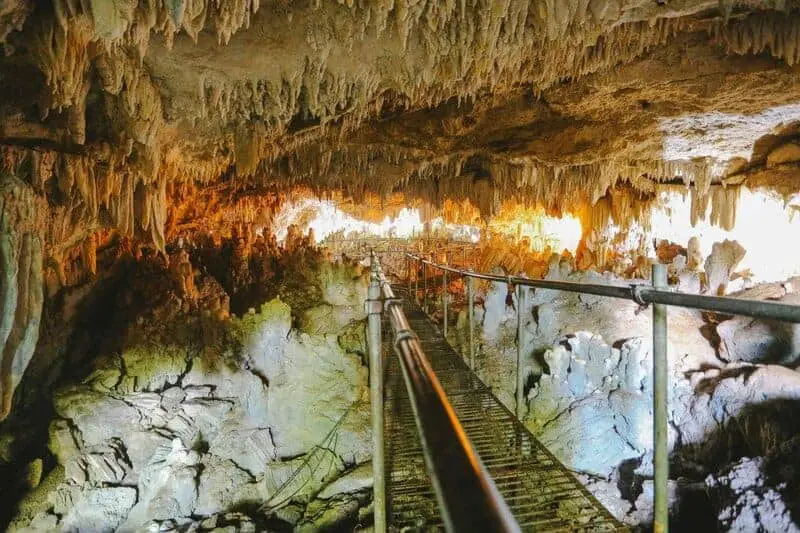
Storing carbon as limestone is far more permanent and secure than relying on organic matter, which can decompose or burn and release CO2 back into the atmosphere.
Limestone’s stability means that carbon can remain locked away for thousands, even millions, of years, ensuring truly lasting climate benefits.
This mineral-based approach stands out as a superior solution for long-term carbon sequestration
(Nature).
21. International Team Tackling Climate Change

This remarkable research is the result of a global collaboration, with scientists from Africa, Europe, and beyond pooling their expertise.
Their collective efforts are focused on developing practical solutions for climate change mitigation, not just theoretical advances.
By combining fieldwork, laboratory studies, and interdisciplinary knowledge, this international team is breaking new ground in sustainable carbon sequestration
(BBC).
Their work underscores the power of cross-border cooperation in addressing global challenges.
22. Kenya’s Basaltic Soils: A Natural Laboratory
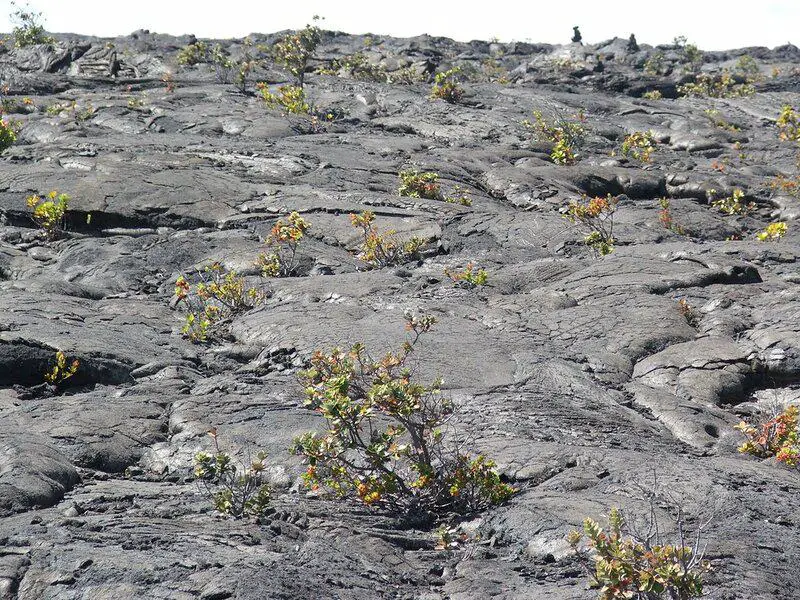
Kenya’s basaltic soils provide a naturally challenging yet revealing environment for studying carbon capture by fig trees.
Their low fertility and unique mineral content make them ideal for observing how trees and microbes interact to transform atmospheric CO2 into limestone.
These conditions allow researchers to track the process with clarity, offering vital insights into how similar mechanisms might work in other parts of the world
(BBC).
23. Turning Greenhouse Gas Into Stone, Naturally
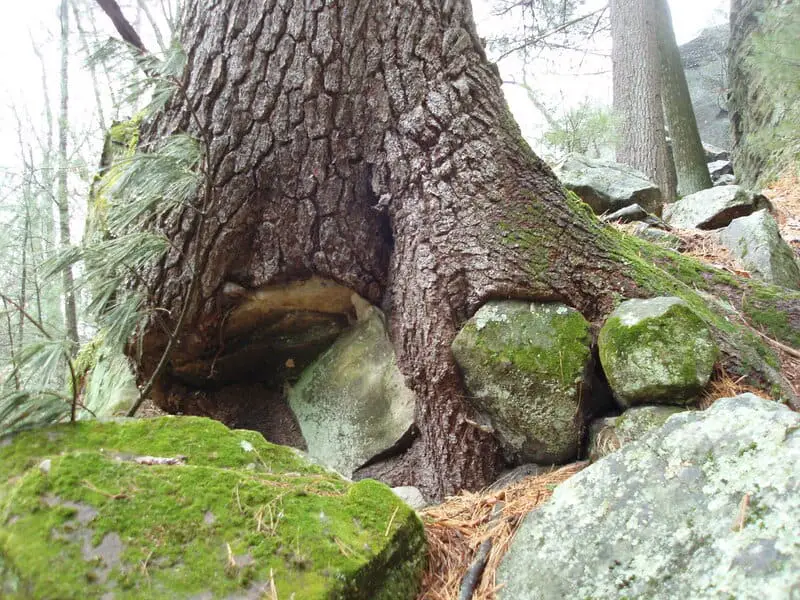
By harnessing completely natural biological and chemical processes, these extraordinary fig trees convert atmospheric CO2 into stable limestone.
Through their roots, bark, and partnership with soil microbes, they lock away greenhouse gases in mineral forms that endure for millennia.
This natural “rock-pooping” mechanism is a striking example of how ecosystems can provide powerful, sustainable solutions to the climate crisis
(Science.org).
24. Rethinking Reforestation with Carbonate-Forming Trees
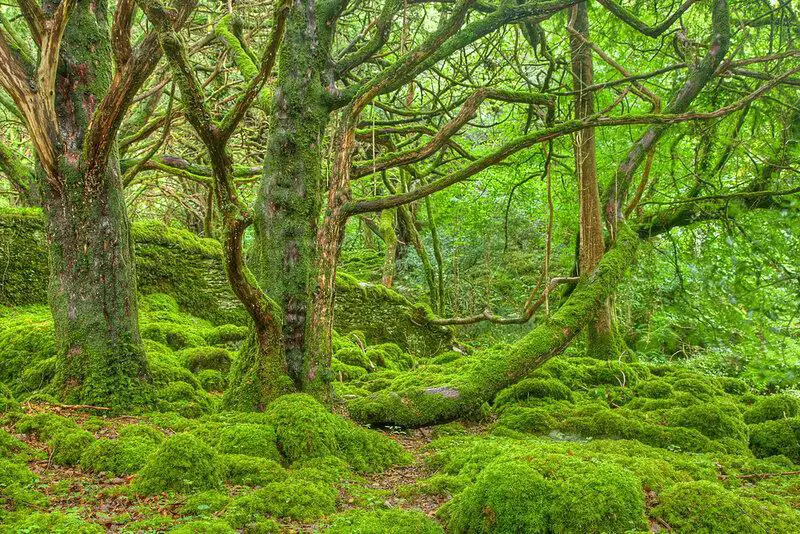
Traditional reforestation projects focus on rapidly growing trees that store carbon in wood, but a new strategy is emerging.
By prioritizing carbonate-forming species like these figs, future reforestation efforts could lock away carbon in the far more durable form of limestone.
This approach combines ecosystem restoration with long-term climate impact, offering a game-changing solution for global carbon management
(Frontiers in Plant Science).
Carbonate-forming trees may be the missing piece in effective, nature-based climate action.
25. Opening Doors to New Carbon Sequestration in Agriculture
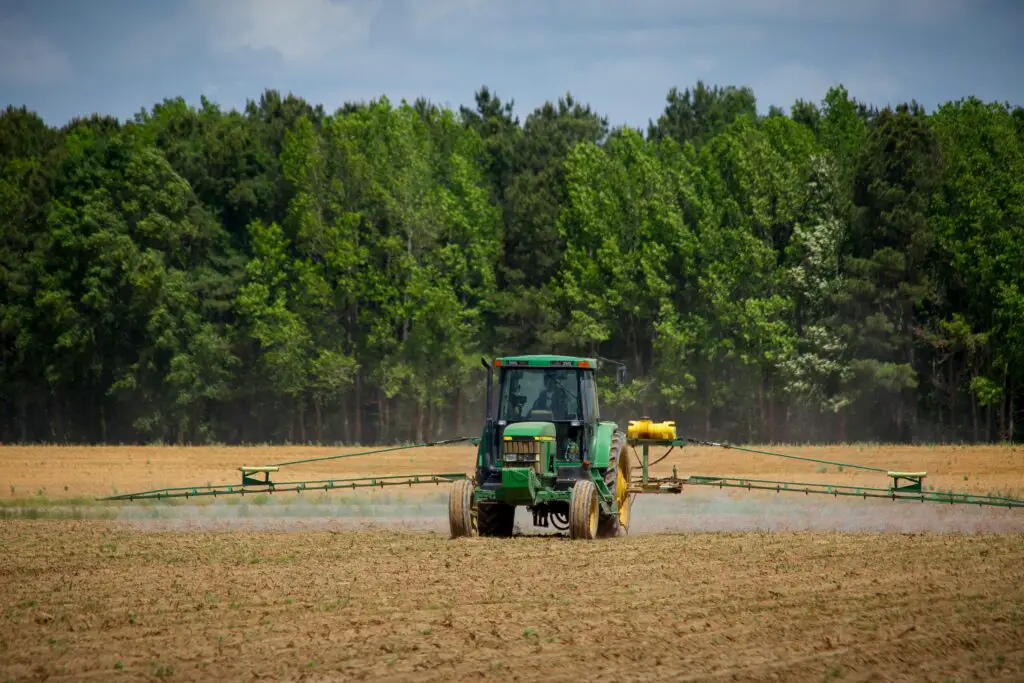
The discovery of stone-forming trees presents exciting new opportunities for modern agriculture.
By integrating these species into croplands and agroforestry systems, farmers can expand their carbon sequestration toolkit beyond traditional organic methods.
This approach not only improves soil stability and resilience but also offers a way to store carbon for the long term.
As awareness grows, agriculture could become a critical front in the global effort to fight climate change
(Frontiers in Plant Science).
Conclusion

The discovery of trees that turn CO2 into stone is a transformative leap for climate action, sustainable agriculture, and ecosystem restoration.
By harnessing these natural processes, we can create more resilient landscapes, support food production, and achieve durable carbon sequestration.
As research continues, the integration of carbonate-forming trees into reforestation and agriculture could become a cornerstone of global climate solutions.
Now is the time to invest in further study and bold implementation
(Science.org), unlocking nature’s full potential for a sustainable future.



Vielleicht interessiert es Sie:
Wussten Sie! Minensuchratten auf dem Schlachtfeld und sie sind super effektiv!
Wie viele Giraffenarten gibt es? Leben sie alle in Afrika?
Der Vogel ist das Weibchen der Vögel: wahr oder falsch?
Warum bauen Biber Dämme? Welchen Nutzen?
Warum leben manche Tiere nachtaktiv? Welche Vorteile?
Küssen Tiere? Ist das die gleiche Bedeutung wie Menschen?
200+ Hilarious Seahorse Jokes That Will Make You Smile and Giggle
200+ Funny Investment Jokes to Boost Your Financial Humor Game